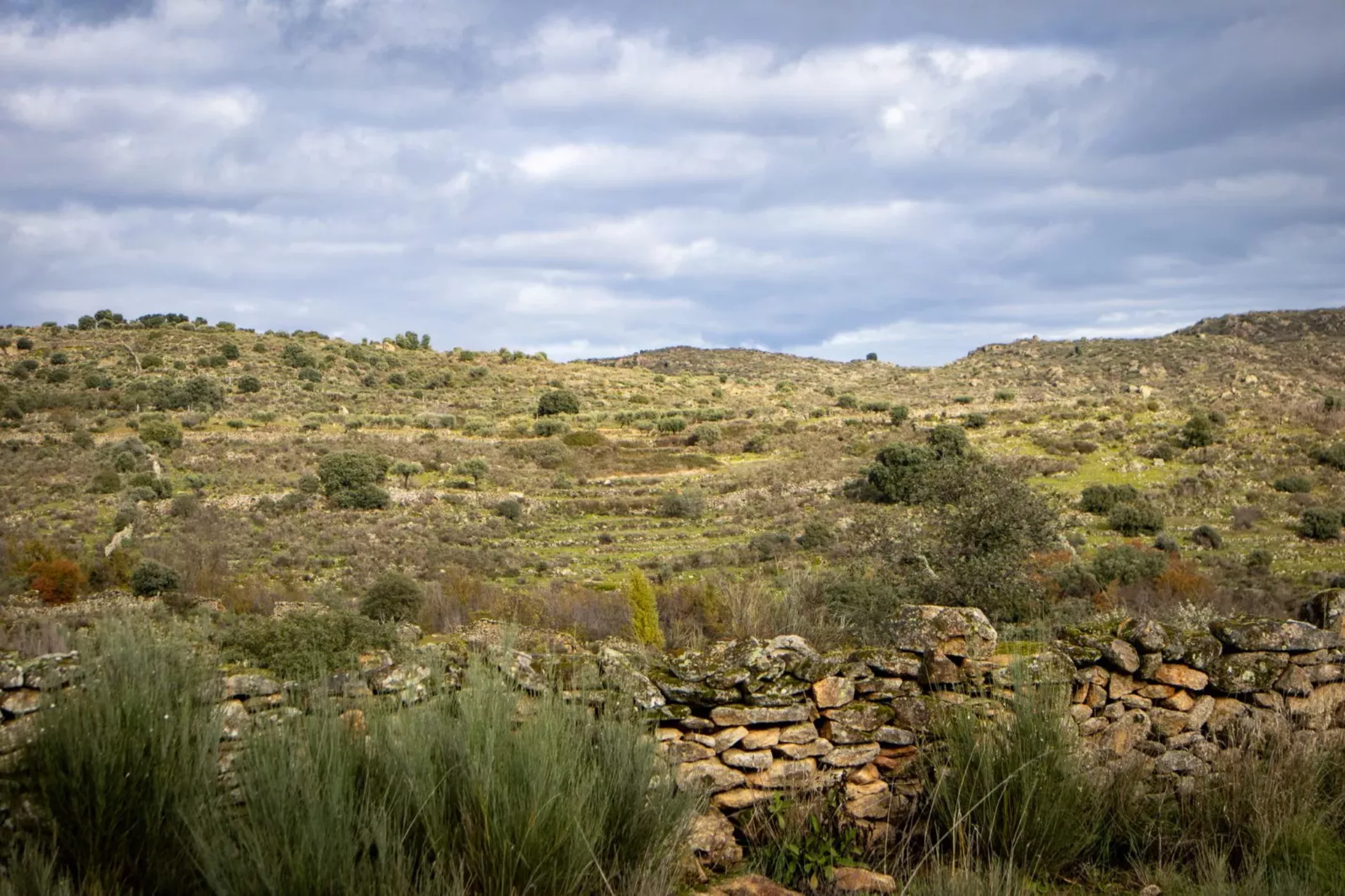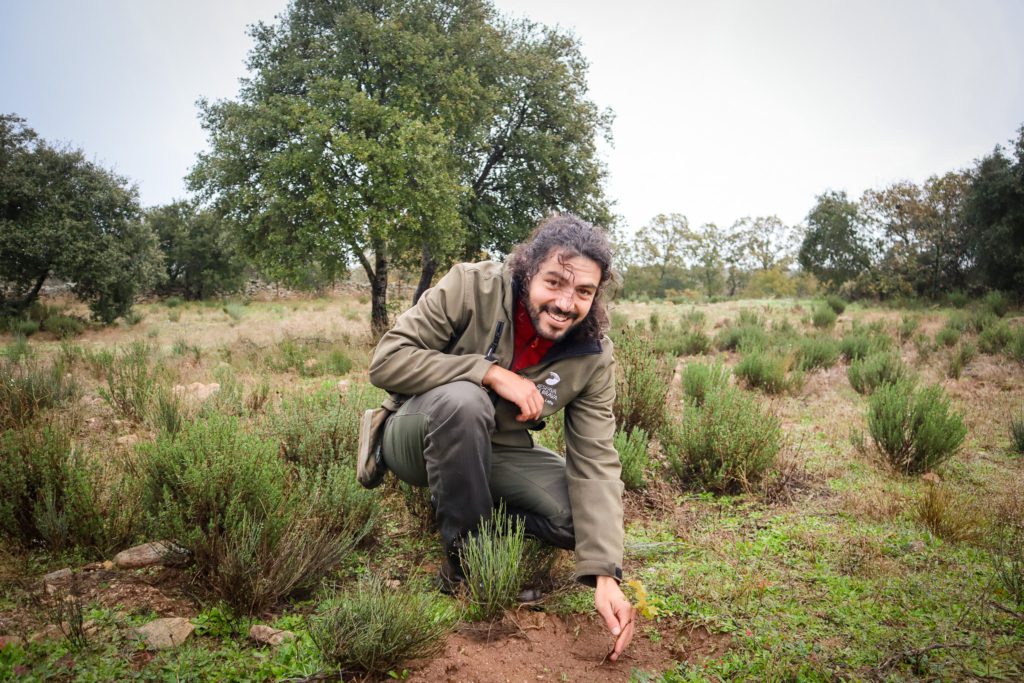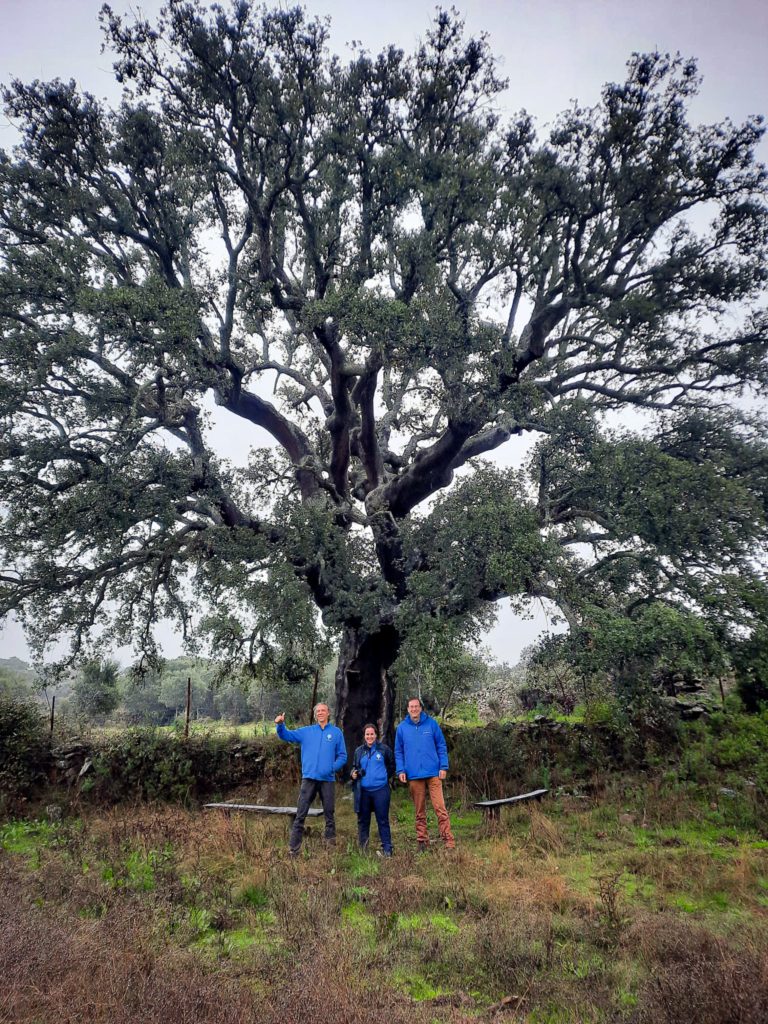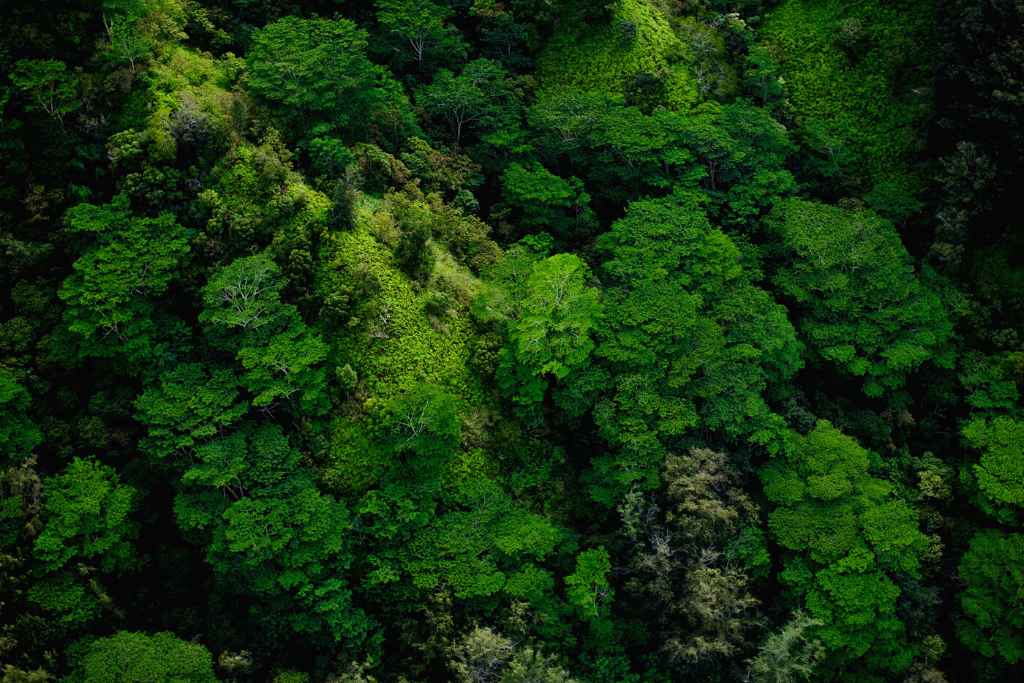How 8,000 trees give the Portugese landscape an impulse
22 February 2024

22 February 2024
Do you remember the summer of 2023? Southern European heat records followed each other in rapid succession. In these sites with their increasing drought, planting trees is highly necessary, but also extra challenging. Yet we have succeeded in starting reforestation in Faia Brava Reserve: our contribution to the recovery of the unique landscape here. We look back on our visit to the project, last winter! The importance of the Faia Brava reforestation.
Faia Brava is an impressive nature reserve in Portugal, since olden times home to extensive fields of holm and cork oak. Through the ages, this typical montado landscape drastically changed into degraded plain. Principal causes: forest fires, grain growing and sheep farming.
Lack of fertile soil offers local farmers less and less perspective to stay on in Faia Brava. They move to urban areas, leaving their fields to wither more and more. Precipitation in the area is not more than 500 millimeters on a yearly basis and summertime temperatures will top 100 degrees (F) or 40 degrees (C), causing ever-increasing risks of wildfires and desertification.
Fortunately, planting trees is an effective way of breaking this vicious circle!
An impression of the Faia Brava reserve in Portugal.
Thanks to our contributors’ support, we were able to help our partner ATNatureza plant 8,000 new trees. It means indigenous trees which naturally belong in the landscape, such as Portuguese oak, cork, holm, dog rose, acer, nettle tree and butcher’s-broom.
In the spring of 2022 our project partner planted the first lot of 2,800 trees in so-called ‘tree-islands’. This is a Land Life Company concept, which signifies that as many different trees and shrubs as possible are planted in small groups. This way, new seed sources of various tree and shrub species come into being, so that diversity increases in Faia Brava.
Some of the trees have been planted in ‘tree islands’. This is a concept where as many different types of trees and shrubs as possible are planted in groups.
ATNatureza started out with a lot of drive, but before long extreme drought struck and lasted for months on end. During this time, watering the plantation was impossible, because all the water was needed for people and animals in the area. The greater part of the young trees succumbed. For that reason, ATNatureza decided to postpone planting the rest of the trees.
Fortunately the spring of 2023 brought rain, enabling us to plan giving the plantation a new start. Our partner did select a new approach, though. A small amount of trees was to be planted in the tree islands, the rest were planted throughout the area. Apart from this, ATNatureza applied different planting techniques. The usual way of working is planting seedlings from the local nursery. These are several-year-old trees.
In addition, sprigs of e.g. acer have been planted in the project area. They were located in the moister sections of the reserve. Besides, our partner directly sowed the soil in some places. And in order to finish the job, a number of the lost seedlings were planted again.

Immediately after the last planting we visited the reserve towards the end of 2023. Which interventions had been successful and which had not so much? We stopped at various planting sites and were happy to see that the most recent plantation was developing well.
Most of the trees and shrubs in the tree-islands were thriving, thanks to profuse rainfall that autumn. Seedlings in the more open sites of the reserve were doing well on the whole. Furthermore it was positive that lesser known species, such as strawberry tree and dog thorn showed a high rate of survival. Favorable, since these species will spread throughout the area in the next few years, causing diversity to increase.
When planting, ATNatureza has also taken the risk of future drought into account. In a number of places in the project area, new pools were dug and had already filled with water at the time of our visit. A welcome buffer for drier times! These pools also stimulate biodiversity in their surroundings, as they attract all kinds of aquatic plants and animals.
Images of the planting
Our project partner also experimented with various management measures, such as pruning holm and cork oak. Cutting lower branches causes the trees to grow quickly and procure extra shade. No luxury in this region with its many hours of sunshine! Besides, the trees shedding their leaves create a rich layer of mould, which stimulates healthy and fertile soil.
Some other interventions were less effective. Thus, ATNatureza had planted elm trees in the more moist parts of the reserve. The survival rate among these trees was considerably lower in comparison with other trees and shrubs. And a number of elm and oak trees had been tooted up by wild boars. In order to reduce damage by these animals in the future, we have advised the people to fence off newly planted parcels temporarily by means of live wire.
For now, we will have to wait and see how the trees in the highly degraded sections of Faia Brava will grow. As a result of deforestation, these parcels have been strongly exposed to sun and wind. This makes the going tough for the new plantation. At the same time, planting trees is crucial especially here in order to improve the fertility of the soil, for example.

All in all, planting trees is a matter of continuous evaluation and adjustment. Not every situation is predictable nor do we have it at our fingers’ends. But above all we see that Faia Brava has enormous capacity for bringing back original nature.
Working with tree-islands seems a successful approach to do just that, thus creating more diversity. Besides, ATNatureza will work the next few years on improving various planting techniques. This way, we will work on step-by-step recovery of Faia Brava’s unique landscape and through this on better climate, more biodiversity and sound living conditions.

Would you like to see Trees for All support more projects towards a better climate? Donate a tree and contribute directly to a green and healthy earth.
Plant a tree